This post may contain affiliate links. Please read our disclosure policy.
Layers and layers of soft and fluffy yeasted cake/bread filled with sweet and savory salted egg yolk paste between each layer. I’m also showing you how to create those layers the easy way.
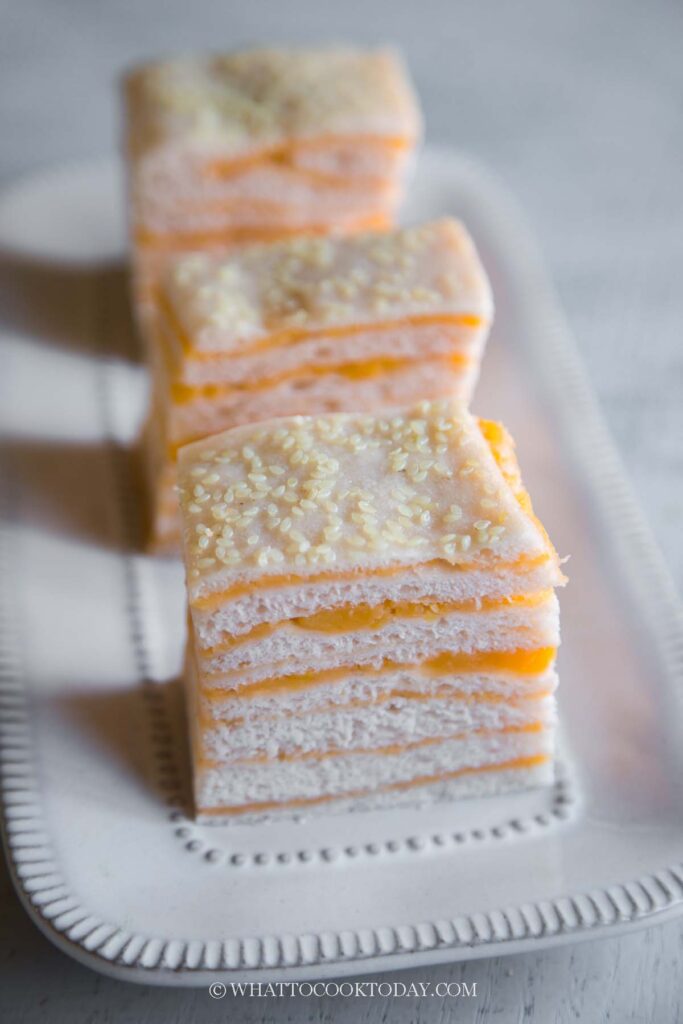
Many different kinds of cake are called thousand-layer cakes in Asia. For example this Indonesian thousand-layer cake (Lapis legit/spekuk), thousand layer mooncakes, thousand layer steamed tapioca cake (jiu ceng gao). So, don’t be mistaken for this Chinese thousand layer steamed cake with those I just mentioned.
What is Chinese thousand-layer steamed cake/bread?
Is it a bread or a cake? Despite the Chinese name 千层糕 (Qian Ceng Gao) it’s not really a “cake” if you ask me. It’s actually a dough similar to steamed buns (baozi). Because of its soft and fluffy texture like a cake, hence it is called “gao”, which means cake in Mandarin. It is a popular dim sum food but you can hardly see this on the menu anymore. We have dined at many different dim sum restaurants over the years, and I haven’t seen this on the menu at all. The dough is prepared and proof like how you would make steamed buns. The dough is then rolled flat, spread with sweet and savory salted egg yolk custard paste and then the dough is folded in several layers. The result is a steamed cake with many layers (though mostly only 8-10 layers, not thousands!)
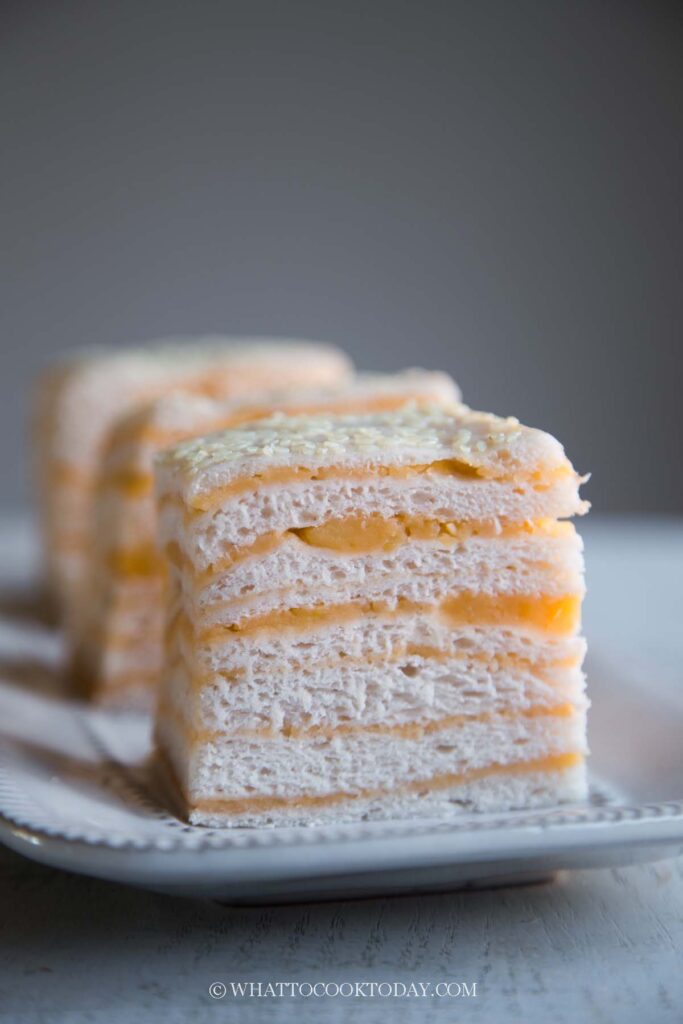
Chinese Thousand Layer Steamed Cake/Bread /千层糕
Ingredients
For the dough:
- 180 g all-purpose flour plus more for dusting
- 180 g cake flour
- 40 g sugar
- 4 g salt
- 15 g oil
- 180 g milk or more as needed
Salted egg yolk custard:
- 4 salted egg yolks
- 30 g custard powder
- 50 g egg
- 30 g sugar
- 30 g condensed milk
- 25 g cake flour
- 100 g whole milk
- 50 g unsalted butter softened
Instructions
Prepare salted egg yolk custard: (can be prepared the day before)
- Combine custard powder, egg, sugar, condensed milk, cake flour, and milk in a saucepan. Use a whisk to stir until combined and no lumps. Put this on the stove over medium-low heat and keep whisking until the mixture starts to thicken. It can coat the back of a spoon or spatula. Add the butter and continue to stir until the butter has melted. Add the mashed salted egg yolks and desiccated coconut. Whisk to combine. The mixture is lumpy because of the salted egg yolk crumbs and the coconut. Cover with a cling wrap, touching the custard directly and set aside to let it cool down completely before using

Prepare the dough:
- Place both of the flour, instant yeast, sugar, salt, in a mixing bowl and stir to combine. Add milk and oil in a mixing bowl. Give the mixture a stir
- Turn on the mixer at the lowest speed to prevent flour from flying all over the place. Continue to knead at low speed (speed 2 on KA) until the dough is smooth and elastic

- Cover and let the dough rest for 15 minutes to relax the gluten so it is easier to shape
Shape the dough:
- Lightly dust your work surface with a bit of flour if necessary. Use a rolling pin to roll the dough out into about 10 x 15 inches (25.5 x 38 cm) rectangle. Don't have to be exact. Use a bench scraper to cut halfway in the middle of dough

- Spread the filling (reserving about 2-3 Tbsp for later) as shown in the photo, leaving one area empty

- Fold that area over the top

- Then fold to the side

- And lastly the last fold

- Use a rolling pin to gently flatten the dough slightly to even out

- I cut the dough into half in the middle. This is also so that it can fit in my steamer and I can have more layers

- Spread the rest of the filling you saved earlier on top of one of the dough

- Stack the dough on top of the other

Proof the dough:
- Place the dough on top of a large piece of parchment paper. Transfer to a steamer or a steaming basket, but do not turn on the steamer yet. We are not steaming yet. Let the dough proof at a warm place until it is puffy.

- It may not double in size, probably only about 50% puffy. The dough should feel light and when you gently use your finger to push on the dough, it should bounce back very slowly and leave a bit of indentation. The dough is done proofing. Mist the surface with a bit of water and then sprinkle with some white sesame seeds. This is optional. You can skip if you don't want to

Steaming:
- If you use a bamboo steamer, you don't need to wrap the lid with a cloth. If not, wrap the lid with a cloth to prevent water condensation from dripping on the surface of the dough, creating burn spots
- Fill up the steamer (or large pot) with some water. Place the steaming basket on top. Turn on the stove and bring the water to simmer over medium-high heat. When the water has come to a simmer, lower the heat to medium. Crack the lid open a bit to let some steam out. This prevents the steamed buns from wrinkle. Steam for 30 minutes or until the buns are cooked through. The buns will spring back when you touch it

- Turn off the heat and don't open the lid yet. Let it sit for 5 minutes. This helps to prevent the buns from collapsing due to sudden change in temperature
- Remove the steaming basket from the steamer and let it cool down slightly before serving

To serve:
- I trim off the edges for a neater look.

- Cut into smaller squares or rectangles suitable for serving size

RECOMMEDED TOOLS
*Nutrition facts are just estimates and calculated using online tools*
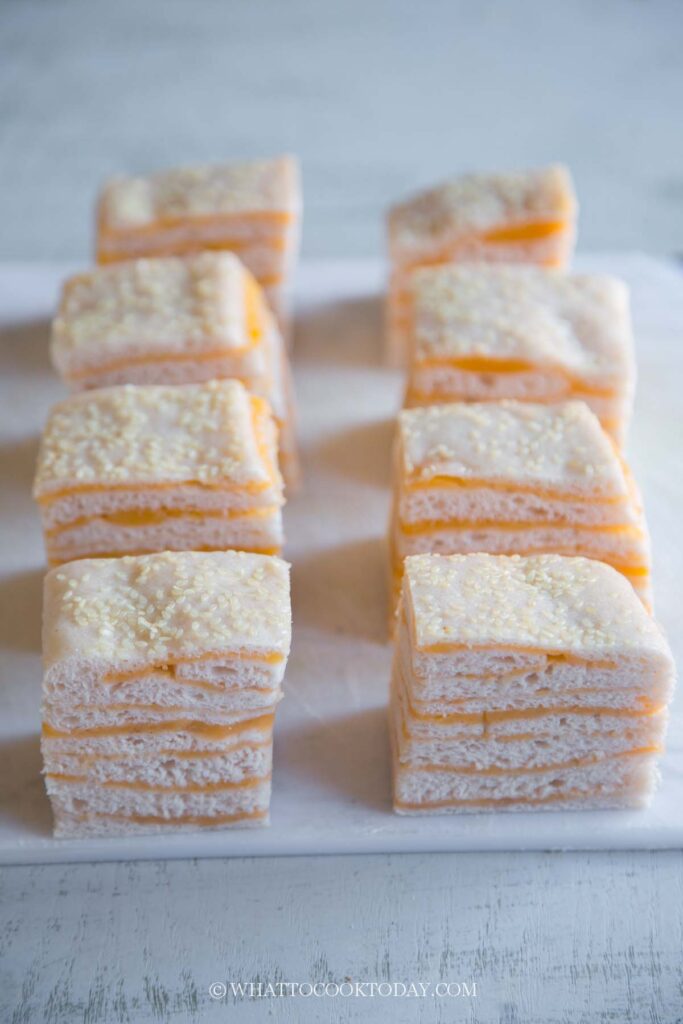
Variations
You can use any filling you want. For example, I have made black sesame version before using sweetened black sesame paste, red bean paste, and also mung bean paste. You can also use kaya jam or any other fruit jam if you like.
Did you make this Chinese thousand-layer steamed cake/bread recipe?
I love it when you guys snap a photo and tag it to show me what you’ve made. Simply tag me @WhatToCookToday #WhatToCookToday on Instagram and I’ll be sure to stop by and take a peek for real!
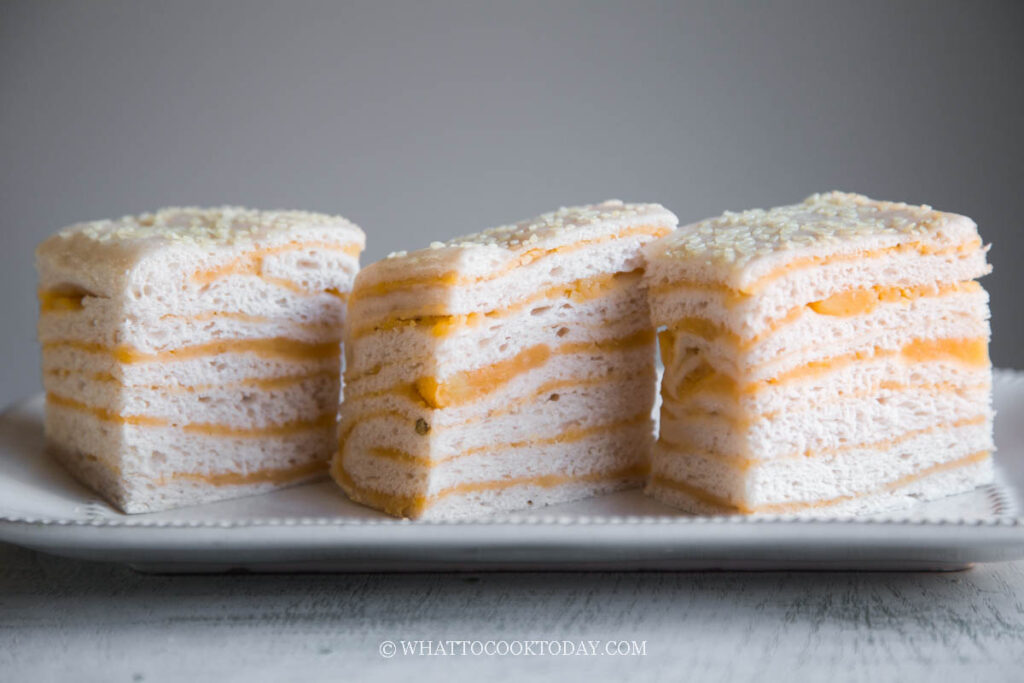


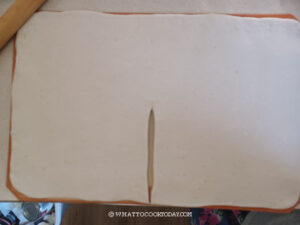



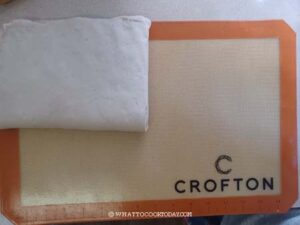
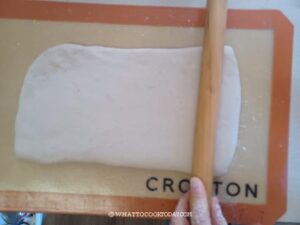
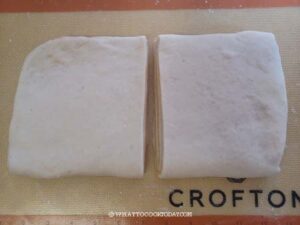
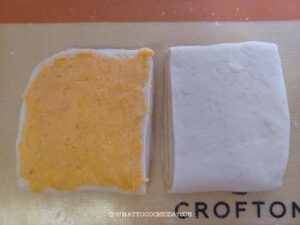
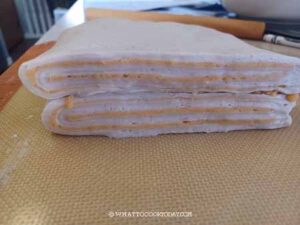
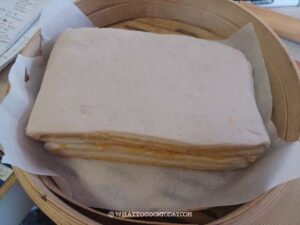
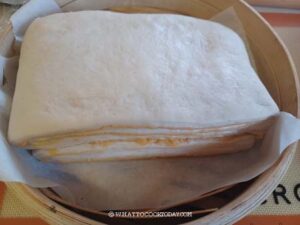
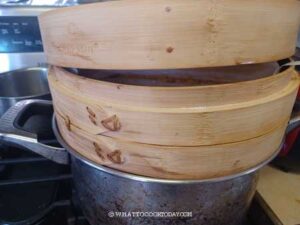
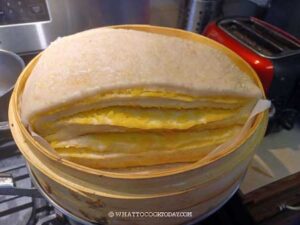





2 comments
Nice sharing! I haven’t seen this at dim sum place.
Me too! I haven’t seen this at all! Some dim sum places may still have this on their menu, but it’s not common anymore!